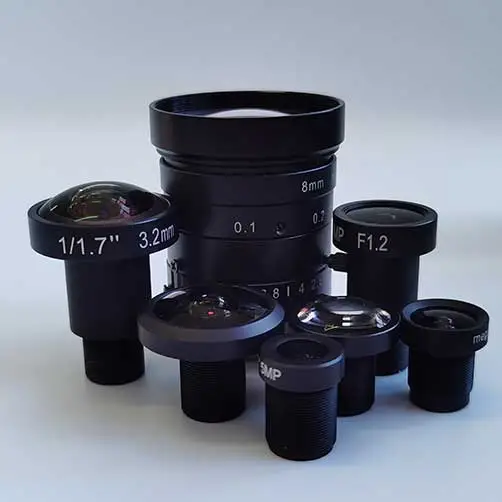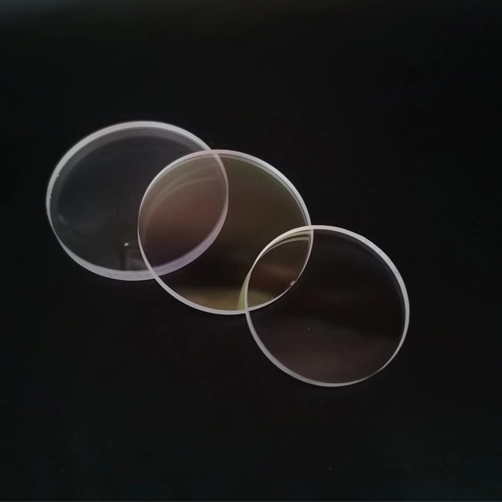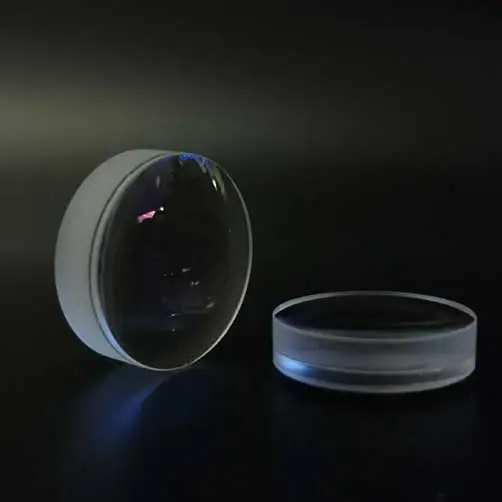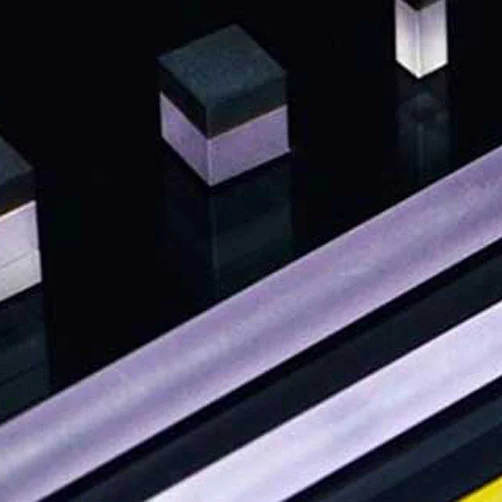
There are ordinary lenses and telecentric lens in machine vision applications. The difference between the two is that telecentric lenses are mainly specially designed lenses to correct the parallax of traditional industrial lenses.
It can be within a certain range of object distance, so that the magnification of the obtained image will not change with the change of object distance, and it will not produce the situation of near big and far small, which is a very important application when the measured objects are not on the same surface.
When an ordinary industrial lens is shooting, the closer the target object is to the lens (the shorter the working distance), the larger the image will be. When using ordinary lenses for size measurement, there will be the following problems:
1. The magnification is different because the object to be measured is not in the same measurement plane;
2. Large lens distortion
3. Parallax means that when the object distance becomes larger, the magnification of the object also changes;
4. The resolution of the lens is not high;
5. The uncertainty of the image edge position due to the geometric characteristics of the visual light source.
The telecentric lens can effectively solve the above problems of ordinary lenses, and there is no judgment error of this nature.
Therefore, it can be used in high-precision measurement, metric measurement, etc. The telecentric lens is a high-end industrial lens, usually with superior image quality, especially suitable for dimensional measurement applications.
1. Shoot the hole
Under the same shooting conditions, due to the visual focusing error of ordinary lenses, shadows are easily generated on the inner wall of the small hole, which affects the extraction of the inner edge of the small hole, and the image accuracy is not high.
Shooting with a continuous zoom telecentric lens, because of the unique parallel light characteristics of the telecentric lens, can ensure that the outline of the small hole is clear and the data is accurate, and there is no need to do too much correction on the image.
2. Shooting gear
Since the incident light and imaging light of ordinary industrial lenses are not parallel light designs, there are visual errors. The inner wall of the gear hole is visible in the pictures taken by ordinary industrial lenses. The entire gear is raised along the center. The aperture and outer edge data are unreal, and it is not easy to interpret the edge, which requires complex algorithm correction.
The optical path of the telecentric lens system is a parallel light design. Using the telecentric lens to shoot the gear, the inner edge of the circular hole of the gear and the edge of the outer gear are clear, the aperture data is real, and there is no visible hole inner wall and outer wall distortion phenomenon, no need to correct the image.
3. Shoot the mold
Shooting with an ordinary lens, due to visual errors and inaccurate focusing, when shooting the ventilation holes of the plastic mold (circled in red), the inner wall is visible, the edge extraction is not clear, and there are shadows, which will affect the recognition and data.
Shooting with a telecentric lens, there is no visual error due to the telecentricity of the telecentric lens with parallel light.
Therefore, when shooting the ventilation holes of the plastic mold, the edge of the inner wall is clear and the data is accurate. When shooting the round holes, the edge of the hole is clear, and it is easy to detect the hair and the size of the aperture.
Advantages of telecentric lenses: constant magnification, no change with depth of field, no parallax, low distortion.
Applications of Telecentric Lenses: precision parts measurement.
Common lens advantages: low cost, practical and versatile.
Common lens applications: magnifying objects, imaging.



